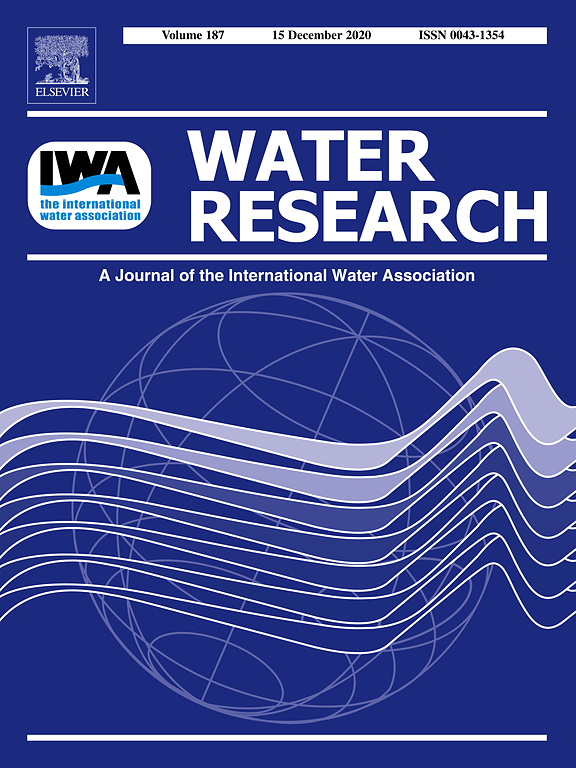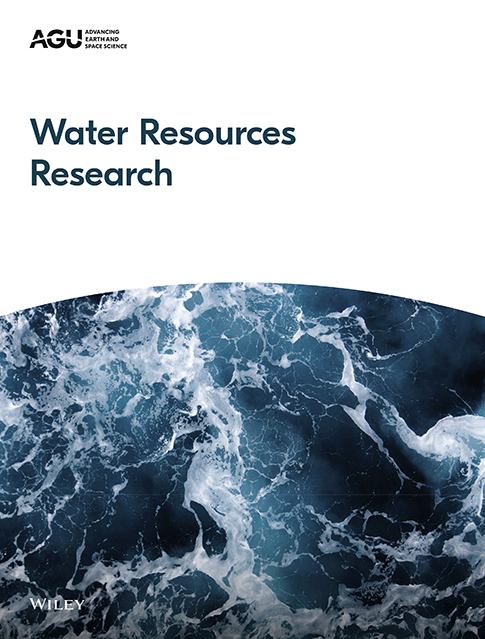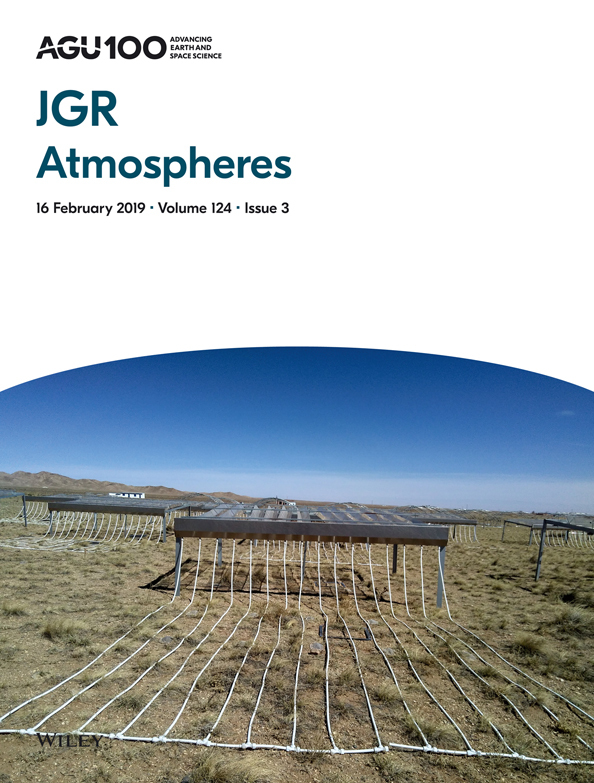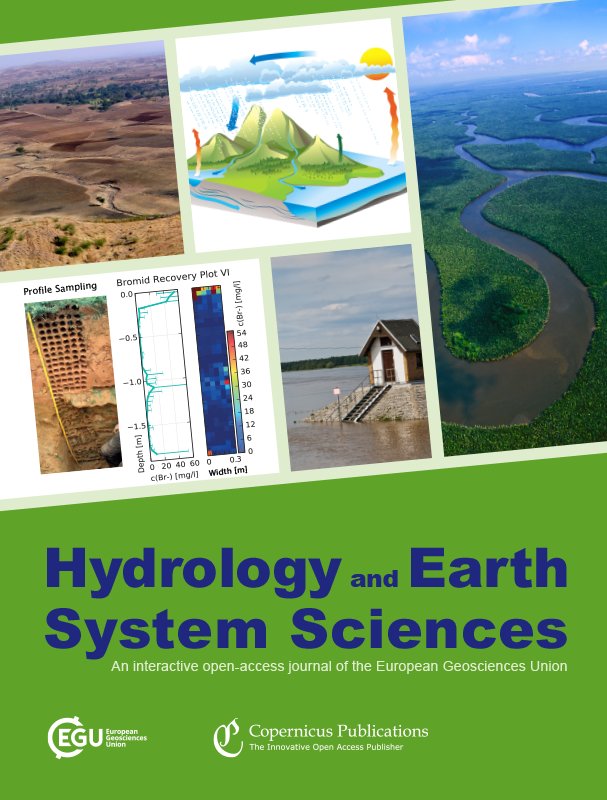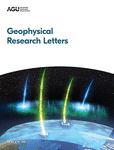- Topic:Water and matter cycles
Fate of trace organic compounds in the hyporheic zone: influence of microbial metabolism
The authors investigated the influence of microbial processes on the fate of trace organic compounds in stream sediments. The study demonstrates the usefulness of the fluorescent tracer system resazurin-resorufin for determining microbial metabolism and disentangling specific reactive properties and ultimately their influence on the fate of contaminants in natural hyporheic zones.
The LOTUS initiative for open knowledge management in natural products research
Scientists integrated data about natural chemical compounds and the organisms they have been documented in, provided literature references and exposed the information both as a stand-alone database and via Wikidata.The database enables queries that relate natural chemical compounds to the taxa they have been found in and the literature documenting the evidence.
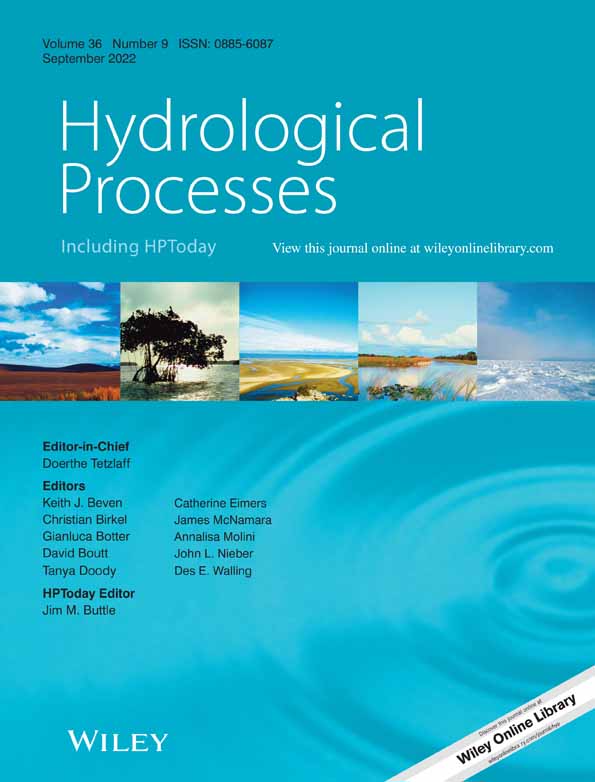
Spatial and temporal dynamics of water isotopes in the riverine-marine mixing zone along the German Baltic Sea coast
The spatial and temporal variability of stable water isotopes were investigated in the Schlei and in the Baltic Sea boddens. The data improve the understanding of hydrological processes behind those dynamics. Further they will be a helpful contribution to multiple IGB projects, e.g. in context of migration studies of pike and analysis of biochemical processes in macrophytes
Organizational principles of hyporheic exchange flow and biogeochemical cycling in river networks across scales
Understanding organizational principles of hyporheic exchange flow and biogeochemical cycling in landscapes is key for generalizing process knowledge.
Dynamics of greenhouse gases (CH4 and CO2) in meromictic Lake Burgsee, Germany
At its deepest point, Lake Burgsee has one of the highest methane concentrations ever measured in a natural freshwater lake.
A hybrid empirical and parametric approach for managing ecosystem complexity: water quality in Lake Geneva under nonstationary futures
A hybrid model which combines a classical 1D lake model with data-driven machine learning was used to predict changes in deepwater oxygen concentrations under varying climatic conditions and nutrient concentrations. The model predicted deepwater oxygen concentrations of Lake Geneva more precisely than a classical approach. Increasing air temperatures have similar effects as phosphorus inputs.

Spatial and seasonal patterns of water isotopes in northeastern German lakes
In course of measuring campaigns, the spatial and temporal dynamics of water isotopes in northeastern German lakes were evaluated. The data will serve as basis for further studies, for example with respect to connectivity of lakes and biochemical processes in macrophytes.
Xylem water in riparian Willow trees (Salix alba) reveals shallow sources of root water uptake by in-situ monitoring of stable water isotopes
The authors monitored stable isotopes in-situ at high resolution in soil and plant water at an urban green space to understand the ecohydrological functioning of the Critical Zone, i.e., the thin, dynamic, life-sustaining skin of the Earth that extends from the canopy top to the active groundwater. At the end of the growing season deeper than upper soil water was used for plant water uptake.
Spatial variability of radon production rates in an alluvial aquifer affects travel time estimates of groundwater originating from a losing stream
Radon in surface water is mostly used to localise and quantify groundwater discharge. The study presents the opposite approach and use radon to estimate travel times of infiltrated surface water in the aquifer. The spatial heterogeneity of radon production rates complicates this approach, but the problems can be overcome by additionally considering temperature and hydraulic heads.
Functional multi-scale integration of agricultural nitrogen-budgets into catchment water quality modeling
Using field-experimental data, crop N uptake responses to fertilizer management were parsimoniously conceptualized and integrated into a catchment diffuse-N model. The improved catchment modeling further facilitated integration with agricultural budget-based assessments.


